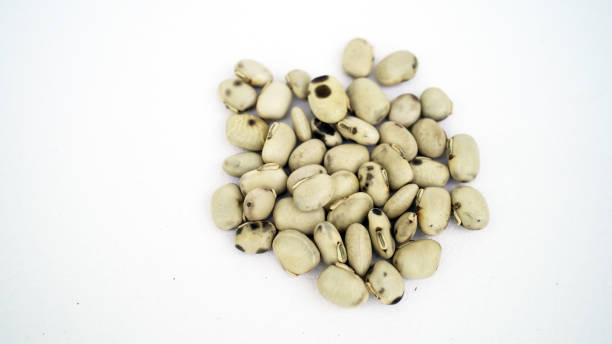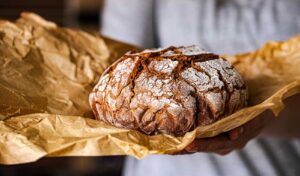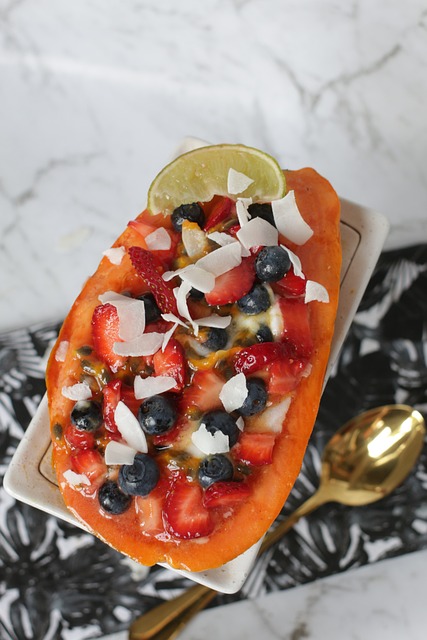In the realm of vibrant and wholesome meals, the Greek Goddess Bowl stands as a shining example of a culinary ode to Mediterranean flavors and nutrition. This enticing bowl brings together a symphony of ingredients inspired by the bountiful offerings of the Mediterranean diet. From the richness of olive oil to the freshness of crisp vegetables, the Greek Goddess Bowl is not just a feast for the palate but a celebration of health and vitality. Let’s explore the key components, the art of assembly, and the nutritional treasures embedded in this delectable creation.
The Components:
1. Quinoa:
At the heart of the Greek Goddess Bowl lies a base of fluffy quinoa, a protein-rich and nutrient-dense grain. Quinoa not only provides a satisfying foundation but also offers essential amino acids, making it a complete protein source.
2. Fresh Vegetables:
The bowl is adorned with an array of fresh vegetables, each contributing its unique flavor and nutritional profile. Cherry tomatoes, cucumber, red onion, and bell peppers add a burst of color, vitamins, and antioxidants.
3. Kalamata Olives:
The bold and salty flavor of Kalamata olives brings a quintessential Mediterranean touch to the bowl. Rich in heart-healthy monounsaturated fats, olives contribute a distinctive taste while offering health benefits.
4. Feta Cheese:
A sprinkle of crumbled feta cheese adds a creamy and tangy element to the bowl. Feta, made from sheep’s milk, not only enhances the taste but also provides calcium and probiotics.
5. Avocado:
Creamy slices of avocado contribute healthy fats, fiber, and a luxurious texture to the bowl. Avocado’s nutritional profile makes it a satiating addition while promoting skin and heart health.
6. Tzatziki Sauce:
The Greek Goddess Bowl is elevated with a generous dollop of tzatziki sauce. Made from yogurt, cucumber, garlic, and dill, tzatziki adds a refreshing and cooling element, balancing the bold flavors in the bowl.
7. Lemon-Herb Dressing:
A drizzle of lemon-herb dressing ties the components together, infusing a zesty and aromatic note. The sauce, often featuring olive oil, lemon juice, oregano, and garlic, enhances the overall Mediterranean essence of the bowl.
The Art of Assembly:
- Cooking Quinoa: Begin by cooking quinoa according to package instructions. Fluff the quinoa with a fork to achieve a light and fluffy texture.
- Chopping Vegetables: While the quinoa is cooking, chop the fresh vegetables into bite-sized pieces. This step ensures a harmonious combination of textures and flavors in each forkful.
- Preparing Tzatziki Sauce: If making tzatziki from scratch, combine yogurt, grated cucumber, minced garlic, chopped dill, and a splash of lemon juice. Mix well and refrigerate until ready to use.
- Whipping up Lemon-Herb Dressing: In a small bowl, whisk together olive oil, fresh lemon juice, dried oregano, minced garlic, salt, and pepper. Adjust the seasoning to taste.
- Assembling the Bowl: In a large bowl or individual serving bowls, arrange a bed of quinoa. Artfully place the chopped vegetables, Kalamata olives, avocado slices, and crumbled feta on top. Drizzle with the lemon-herb dressing.
- Finishing Touch with Tzatziki: Complete the bowl with a dollop of tzatziki sauce, either in the center or along the edges. The tzatziki not only adds a visual appeal but also imparts a delightful freshness to each bite.
The Experience:
Taking a forkful of the Greek Goddess Bowl is a journey through Mediterranean landscapes. The quinoa provides a satisfying base, while the freshness of the vegetables and the creaminess of the avocado create a delightful contrast. The salty notes from Kalamata olives and the tanginess of feta cheese add layers of flavor, all harmonized by the cooling tzatziki and the zesty lemon-herb dressing. Each bite is a celebration of textures, colors, and the timeless appeal of Mediterranean cuisine.
Nutritional Treasures:
- Plant-Based Proteins: Quinoa, along with vegetables and olives, contributes plant-based proteins essential for muscle repair, immune function, and overall vitality.
- Heart-Healthy Fats: Avocado, olives, and olive oil provide monounsaturated fats, promoting heart health and satiety. These healthy fats are a cornerstone of the Mediterranean diet.
- Vitamins and Antioxidants: The colorful array of vegetables delivers a spectrum of vitamins, minerals, and antioxidants, supporting immune function and promoting skin and eye health.
- Probiotics and Calcium: Feta cheese, made from sheep’s milk, offers probiotics for gut health and a source of calcium for bone health.
- Digestive-Friendly Tzatziki: Tzatziki, with its yogurt base, contributes probiotics for digestive health and adds a refreshing element to the bowl.
Conclusion:
The Greek Goddess Bowl is not just a meal; it’s a celebration of the Mediterranean’s culinary legacy and a testament to the harmonious marriage of flavor and nutrition. Whether you’re seeking a satisfying lunch, a vibrant dinner, or a dish to impress guests, this bowl delivers a symphony of tastes that transport you to the sun-kissed shores of the Mediterranean. So, embrace the art of assembly, savor the richness of each ingredient, and let the Greek Goddess Bowl be a cornerstone of your culinary journey towards well-being and gastronomic delight.




